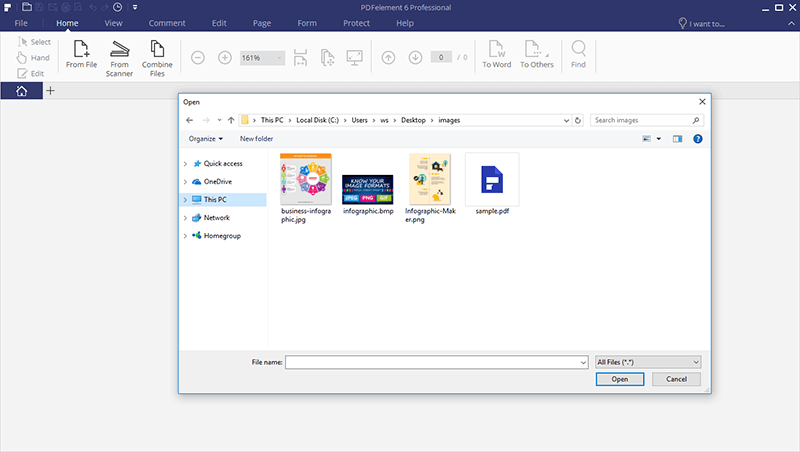

| Author | Paul Samuelson |
|---|---|
| Language | English |
| Subject | Economics |
| Published | McGraw-Hill |
| 1948 |

Elements Of Econometrics Kmenta Pdf Creator Pdf
Economics is an introductory textbook by American economists Paul Samuelson and William Nordhaus. It was first published in 1948, and has appeared in nineteen different editions, the most recent in 2009.[1] It was the best selling economics textbook for many decades and still remains popular, selling over 300,000 copies of each edition from 1961 through 1976.[2] The book has been translated into forty-one languages and in total has sold over four million copies.
Economics was written entirely by Samuelson until the 1985 twelfth edition. Newer editions have been revised by Nordhaus.
Influence[edit]
Applied Econometrics - Self Study Resources. Back to Exam page. Recommended Reading. Asteriou, D., and S.G. Applied Econometrics: A Modern Approach. ISBN: 75462522: OCLC Number: 13184318: Description: xii, 786 pages: illustrations; 25 cm: Responsibility: Jan Kmenta. Aug 08, 2020 KMENTA 1986 PDF - Under Misspecification: Some Monte Carlo Evidence on the Kmenta link::cup:etheor:vyip. Jan Kmenta (January 3, – July 24, ) was a Czech-American economist.
Economics has been called a 'canonical textbook', and the development of mainstream economic thought has been traced by comparing the fourteen editions under Samuelson's editing.[3]
Economics coined the term 'neoclassical synthesis' and popularized the concept,[4] bringing a mix of neoclassical economics and Keynesian economics and helping make this the leading school in mainstream economics in the United States and globally in the second half of the 20th century.
Elements Of Econometrics Kmenta Pdf Creator Software
It popularized the term paradox of thrift, and attributed the concept to Keynes, though Keynes himself attributed it to earlier authors, and forms of the concept date to antiquity.
The 1958 text introduced a 'family tree of economics', which by the 20th century consisted of only two groupings, 'socialism', listing Marx and Lenin, and the 'neo-classical synthesis', listing Marshall and Keynes. This paralleled the then-extant Cold War economies of Soviet communism and American capitalism. This advanced a simplified view of the vying schools of economic thought, subsuming schools which considered themselves distinct, and today many within and without economics equate 'economics' with 'neo-classical economics', following Samuelson.Later editions provided expanded coverage of other schools, such as the Austrian school, Institutionalism, and Marxian economics.[2]
Reception[edit]
Economics was the second Keynesian textbook in the United States, following the 1947 The Elements of Economics, by Lorie Tarshis. Like Tarshis's work, Economics was attacked by American conservatives (as part of the Second Red Scare, or McCarthyism), universities that adopted it were subject to 'conservative business pressuring', and Samuelson was accused of Communism. Nonetheless, Economics proved successful and remained widely adopted. The success of Samuelson's text, compared with Tarshis's, which was subject to more 'virulen[t]' attacks, is attributed to various factors, notably Samuelson's dispassionate, scientific style, in contrast to Tarshis's more engaged style, and subsequent texts have followed Samuelson's style.[5] Accusations by conservatives of communist sympathies in Economics continued into the 1980s.[6]
See also[edit]
Elements Of Econometrics Kmenta Pdf Creator Download
- Principles of Economics, a similarly influential earlier textbook
Notes[edit]
- ^Amazon's page on the book
- ^ abSkousen, Mark (1997), 'The Perseverance of Paul Samuelson's Economics', Journal of Economic Perspectives, 11 (2): 137–152, doi:10.1257/jep.11.2.137
- ^Pearce, Kerry A.; Hoover, Kevin D. (1995), 'After the Revolution: Paul Samuelson and the Textbook Keynesian Model', History of Political Economy, 27 (Supplement): 183–216, CiteSeerX10.1.1.320.9098, doi:10.1215/00182702-27-supplement-183
- ^Blanchard, Olivier Jean (2008), 'neoclassical synthesis,' The New Palgrave Dictionary of Economics, 2nd Edition. Abstract.
- ^Colander & Landreth (1998), p. 11–13, especially p. 12, footnote 33
- ^Bethell, Tom (1989-10-13), 'Socialism by the Textbook', National Review
References[edit]
- Colander, David; Landreth, Harry (1998). 'Political Influence on the Textbook Keynesian Revolution: God, Man, and Laurie Tarshis at Yale'(PDF). In Hamouda, O.F.; Price, B.B. (eds.). Keynesianism and the Keynesian Revolution in America: A Memorial Volume in Honour of Lorie Tarshis. Cheltenham: Edward Elgar. pp. 59–72.CS1 maint: ref=harv (link)
- Samuelson, Paul Anthony (1948). Economics, an Introductory Analysis. McGraw-Hill.
- Samuelson, Paul A.; Nordhaus, William D (2004). Economics. McGraw-Hill. ISBN978-0-07-287205-7.
- Samuelson, Paul A.; McGraw, Jr., Harold W.; Nordhaus, William D.; Ashenfelter, Orley; Solow, Robert M.; Fischer, Stanley (1999). 'Samuelson's Economics at Fifty: Remarks on the Occasion of the Anniversary of Publication'. Journal of Economic Education. 30 (4): 352–363. JSTOR1182949.
External links[edit]
| Wikiquote has quotations related to: Economics (textbook) |
Elements Of Econometrics Kmenta Pdf Creator Free
Elements Of Econometrics Kmenta Pdf Creator Mac
Elementary Statistics
Elements Of Econometrics Kmenta Pdf Creator Word
- , and . 1972. Handbook of Mathematical Functions, 10th ed. Washington, DC: National Bureau of Standards.
- 1946. On the theoretical specification of sampling properties of autocorrelated time series. Journal of the Royal Statistical Society, Series B827.
- 1978. Econometric Techniques, and Applications. Englewood Cliffs, NJ: Prenctice‐Hall.
- , and . 1987. A test of normality of observations and regression residuals, International Statistical Review11: 351– 360.
- , and . 1980. Efficient tests of normality, homoscedasticity and serial dependence of regression residuals. Economic Letters6, 255– 259.
- , and . 1998. Comparing measures of sample skewness and kurtosis. Journal of the Royal Statistical Society (Series D): The Statistician47: 183– 189.
Wiley Online LibraryWeb of Science®Google Scholar
- . 1997. Value at Risk. Homewood, IL: Irwin.
- . 1992. A Guide to Econometrics, 3rd ed. Cambridge, MA: MIT Press.
- . 1971. Elements of Econometrics. New York: Macmillan.
- , , and . 1998. Econometric Models and Economic Forecasts, 4th ed. Boston: Irwin/McGraw‐Hill.
- , , , and . 1992. Numerical Recipes in FORTRAN: The Art of Scientific Computing, 2nd ed. Cambridge: Cambridge University Press.
- Student (). 1908. The probable error of a mean. Biometrika6 (1): 1– 25.
CrossrefGoogle Scholar